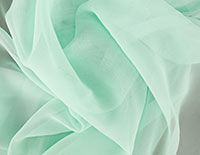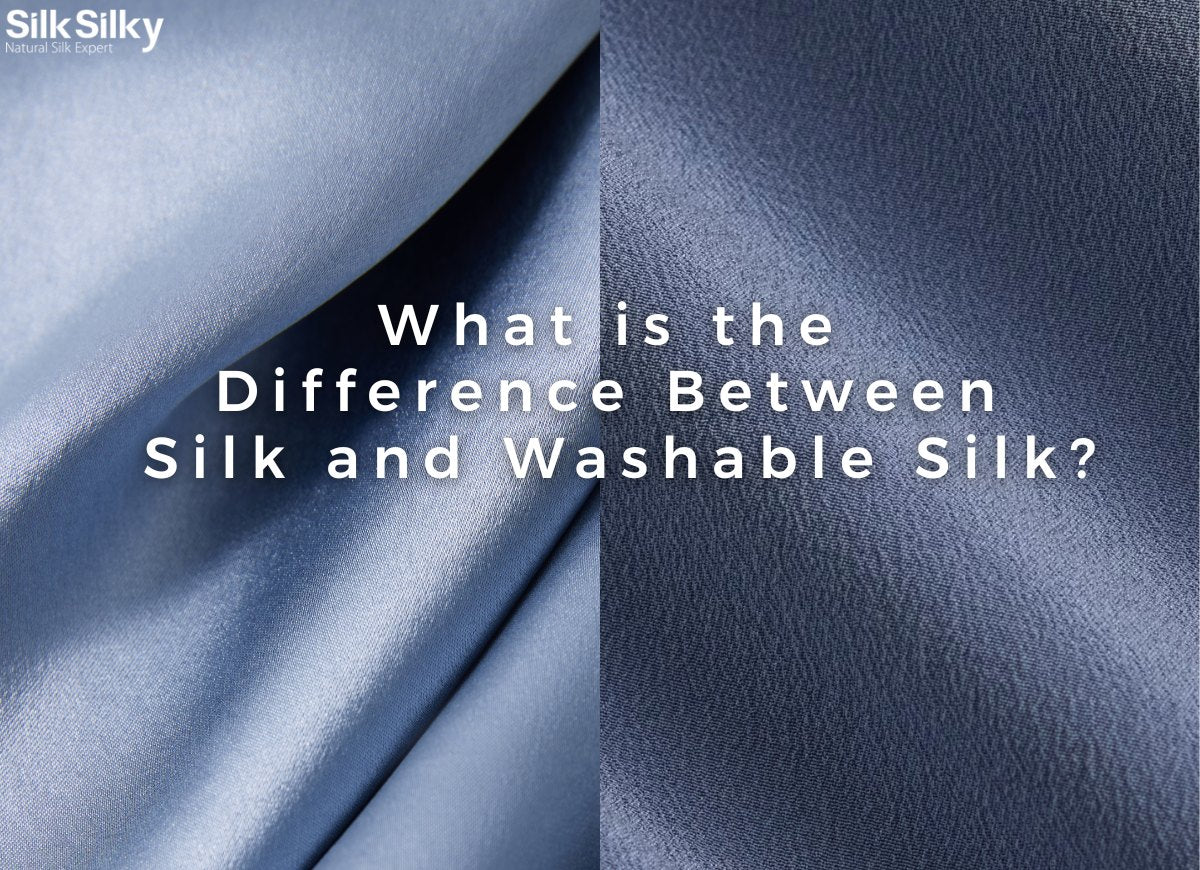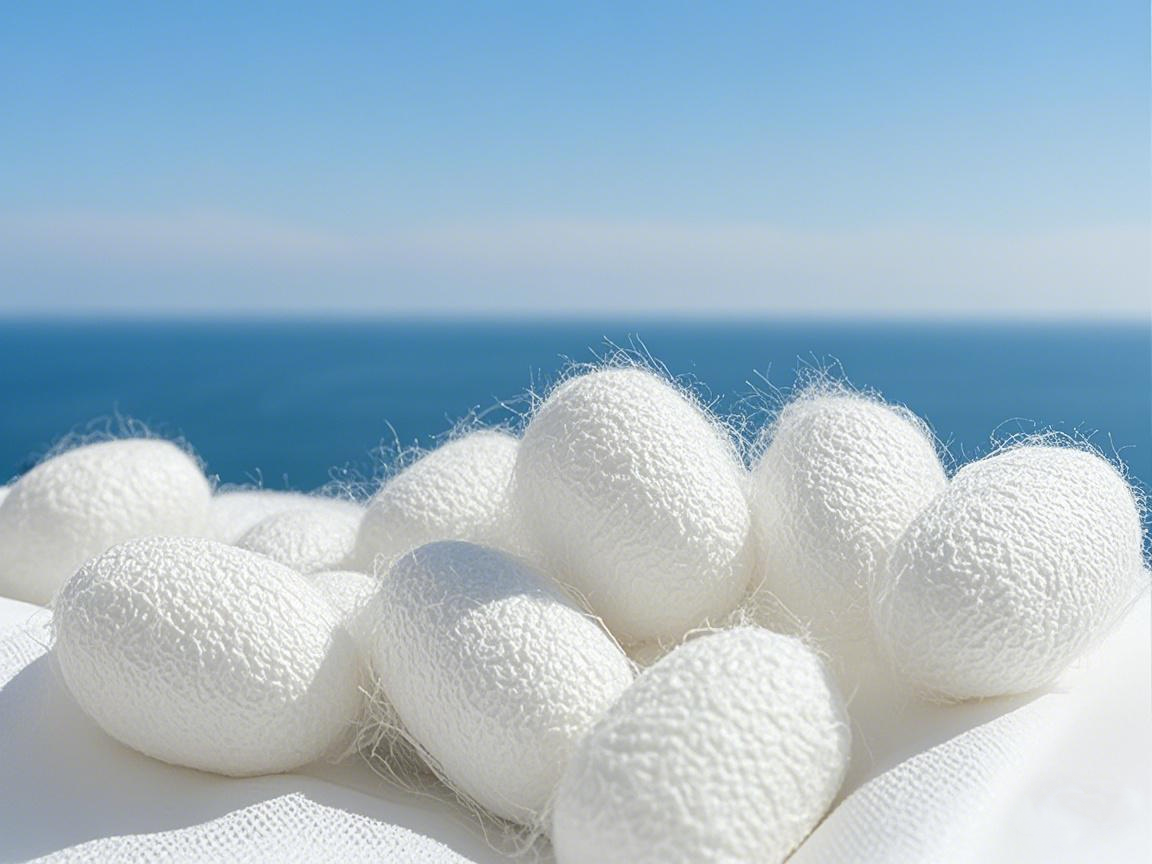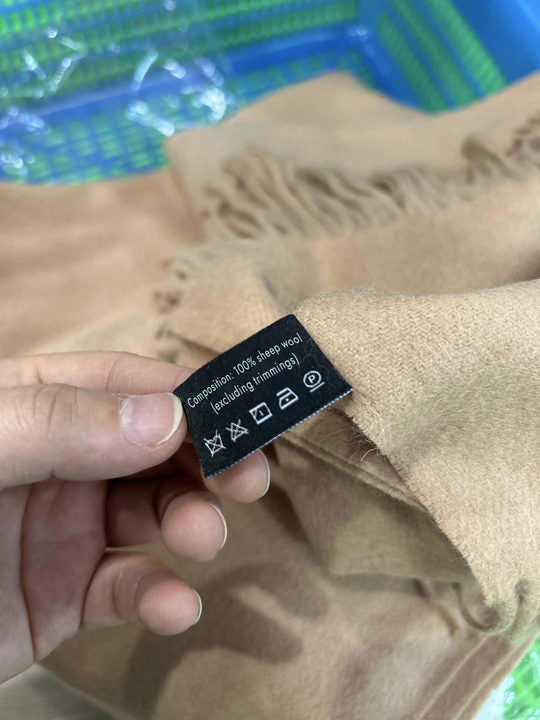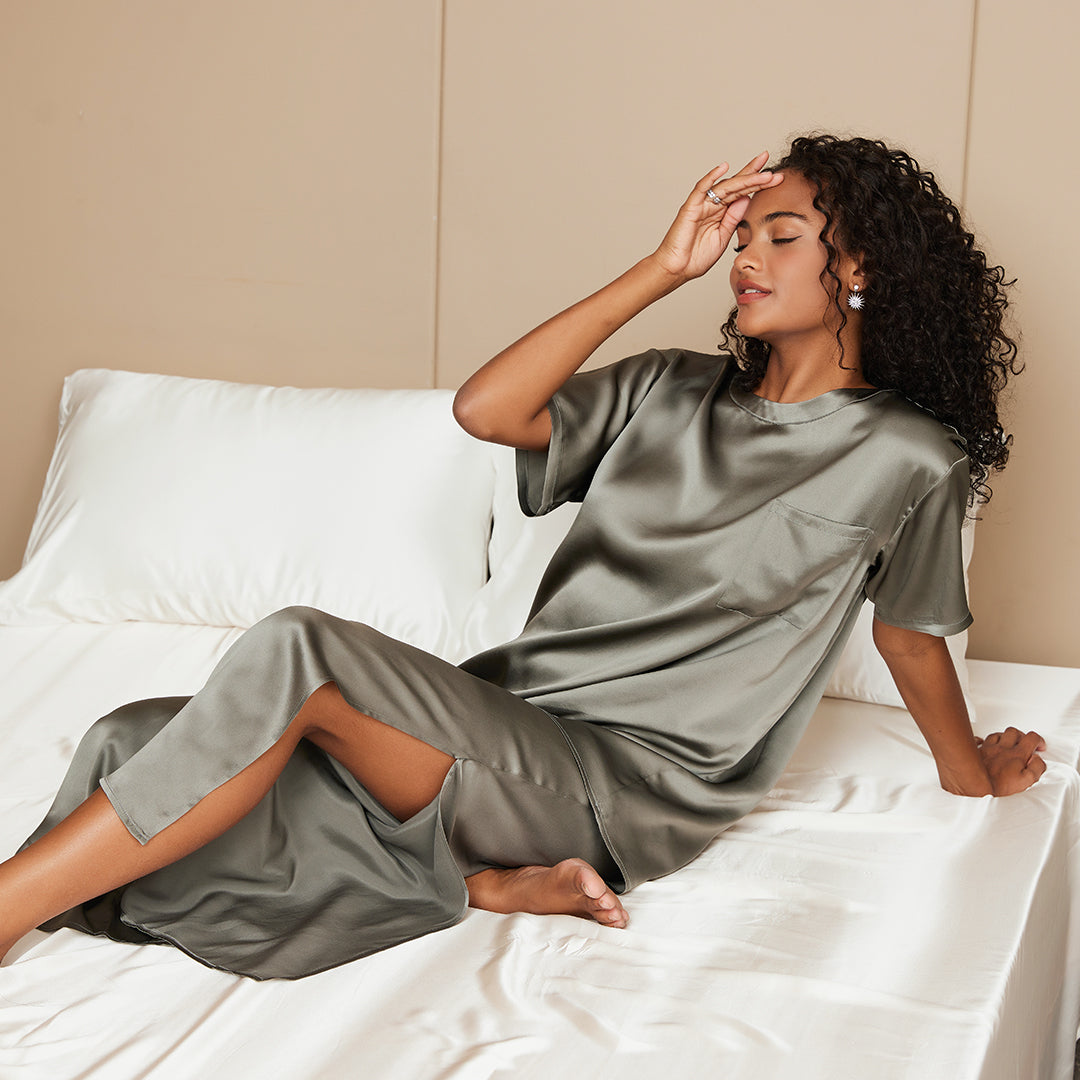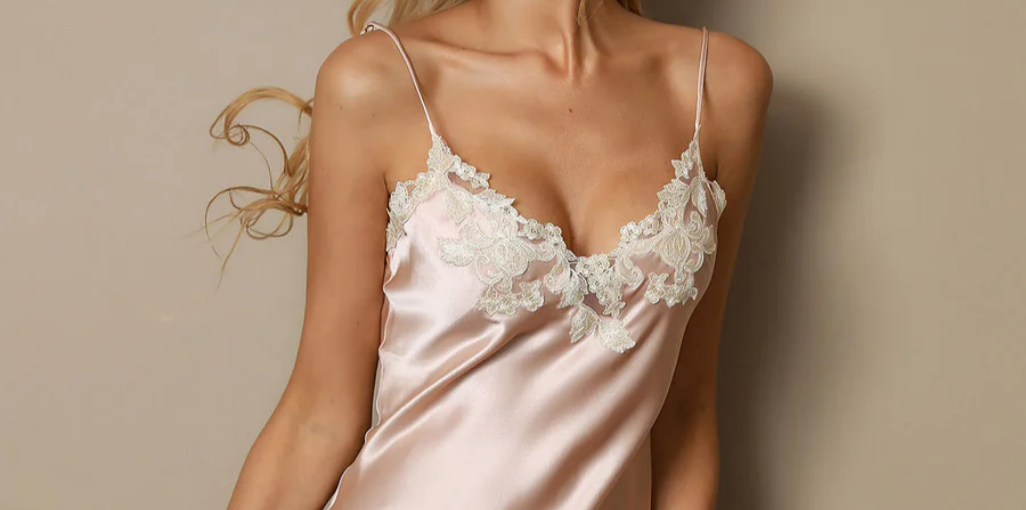Types Of Silk Fabric

Silk fiber is produced by silkworms. Silkworm has two glands which can produce a liquid form of silk and it will become solid fiber when it comes into contact with air. Silk fiber will be collected during the moth stage of silkworm, and each cocoon produces about 1,000 yards of silk fibers.
Silk is a continuous long fiber coagulated by the secretion of silk liquid when the cocoon is formed by the mature silkworm, and it is also called “natural silk”. Like wool, it is one of the earliest animal fibers used by humans. According to different foods, silkworms are divided into silkworms, tussah silkworms, cassava silkworms, camphor silkworms, willow silkworms, and emperor silkworms. The silk sliver drawn from a single cocoon is called cocoon silk, which is made of two single fibers bonded and covered with sericin. Several silkworm cocoons are drawn out and wrapped by sericin. There are mulberry silk (also called raw silk) and tussah silk, collectively referred to as silk. The silk from which the sericin is removed is called refined silk. Using them as raw materials, they can be processed into various types of fabrics using looms.
More than 97% of pure silk is composed of animal protein. It is rich in 18 kinds of amino acids necessary for the human body. It has the functions of calming nerves, skin care, enhancing cell vitality, and regulating human metabolism. It also has anti-static, anti-mite, anti-bacterial and anti-allergic properties. Among them, serine can nourish the skin and prevent skin aging. Silk is the lightest, softest, and thinnest natural fiber in nature. It can be easily restored to its original shape after the external force is removed. The inner tube does not cake, does not become stuffy, does not shrink, is even and soft, and can be used permanently without turning over. Certified by experts, long-term use of silk quilt can prevent skin aging, has a special anti-itching effect on certain skin diseases, and has a certain health effect on arthritis, frozen shoulder and asthma.
Gloss is an important appearance property of fibers. The strength of the luster is mainly determined by the reflection of light by the fiber. The main factors affecting fiber gloss are the longitudinal shape, cross-sectional shape and layered structure of the fiber. The morphological structure of silk has the following characteristics: most of the fiber cross-sections have appearance characteristics close to triangles; it is a filament fiber with a typical fibril type structure, from the fibrils arranged in parallel in the fiber to the fibers arranged in parallel in the filament, All have a layered structure; the fibrils in the fiber are intertwined to form a mesh-like structure, and the mesh size between the fibrils is roughly similar to the wavelength of visible light; the unique two-component structure of sericin-silk fibroin , Arranged in roughly parallel layers in the fiber, and provide 2 different refractive indices.
Silk is recognized as the most lustrous fiber. Therefore, the luster of silk has the following characteristics: the entire reflected light is relatively strong, and the regular reflection light is more, so the gloss is strong; the proportion of internal reflected light is high, and it has a certain dispersion and diffraction reflection effect, so the gloss is gorgeous and soft; through The light may form total reflection, so there is a flashing light speed effect; the distribution of the reflected light intensity along the fiber surface is relatively neat, so the gloss is uniform.
Silk fibers are woven into different types of silk fabrics and weaves. Most common ones are Charmeuse, Chiffon, Crepe de Chine, Gauze, Georgette, Habutai, Organza, Raw Silk…
| Types of Silk Fabric |
Characteristics | Weight |
| Broadcloth/ Habotai
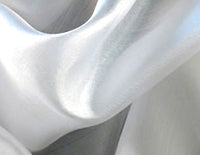 |
Same as China Silk except heavier; wrinkles less; good for shirts | medium (10 mm) up |
|
Chiffon
|
A soft plain wave fabric made with twisted yarns | Sheer – Light to Medium |
| China Silk/ Fuji Silk/Washable Silk
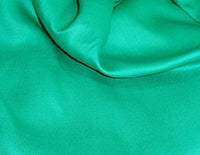 |
Spun Silk, best for lining and crafts; inexpensive, often called washable silk, wrinkles | 8 mm up (light) |
| Crepe de Chine
 |
Popular for clothing; lustrous fabric; superior drape; made from twisted yarns | 14 mm popular but inferior; 16 mm is good blouse weight, heavier available |
| Organza
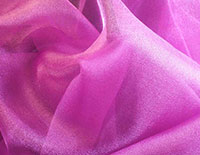 |
Plain weave; sheer silk made of tightly twisted, fine yarns; use for interfacing, veils, under gowns | Crisp, Sheer |
| Charmeuse / Crepe Back Satin
 |
Crepe backed satin; rich luster; drapes beautifully. Ideal for silk sheets and silk sleepwear. | medium; 16 or higher |
| Pongee
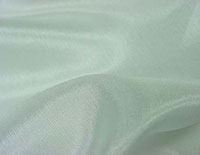 |
A variation of tussah; slight rib and texture; inexpensive | light weight; traditional summer fabric |
| Brocade
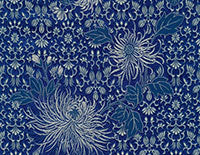 |
Jacquard design often with metallic thread, usually contains some rayon; good for jackets | heavy |
| Taffeta
 |
Hand woven is best; crisp fabric that rustles | medium to heavy weight |
| Shantung
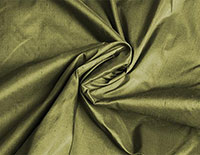 |
Slubbed silk, duppioni yarns | many weights from light to suit |
| Velvet
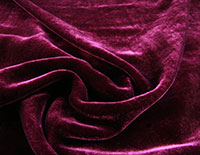 |
Pile fabric often containing some rayon; gorgeous drape | medium to heavy |
| Peu de Soie
 |
Skin of silk; satiny face | heavy |
| Damask
 |
Jacquard woven silk of elaborate patterns | light to medium |
| Noil (raw silk)
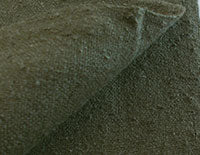 |
Spun silk with nubby texture; appearance of soft cotton or wool; easy care, wrinkle resistant; travel well | medium to heavy |
| Tussah (wild silk)
 |
Wild silk, generally from India, loosely woven | heavy, nice for suiting |
![[Pink] SilkSilky-AU Pure Silk Sleep Cap 001,](http://au.silksilky.com/cdn/shop/files/SilkSilky-AU_Pure_Silk_Sleep_Cap_Pink_001_C-250529006.jpg?v=1762222075&width=1200)
![[Pink] SilkSilky-AU Pure Silk Sleep Cap 002,](http://au.silksilky.com/cdn/shop/files/SilkSilky-AU_Pure_Silk_Sleep_Cap_Pink_002_C-250529006.jpg?v=1762222075&width=1200)
![[Light Blue] SilkSilky-AU Pure Silk Round Neck Camisole Set 001,](http://au.silksilky.com/cdn/shop/files/5e1ae4465dd028df60baace786d42632.jpg?v=1761813855&width=1200)
![[Light Blue] SilkSilky-AU Pure Silk Round Neck Camisole Set 002,](http://au.silksilky.com/cdn/shop/files/47584f0811efc799212e0bdae1fdd2f1.jpg?v=1761813856&width=1200)
![[Pink] SilkSilky-AU Pure Silk Sleep Cap 001,](http://au.silksilky.com/cdn/shop/files/Pink_SilkSilky-AU_Pure_Silk_Sleep_Cap_001_C-240914005_64.jpg?v=1762222383&width=1200)
![[Pink] SilkSilky-AU Pure Silk Sleep Cap 002,](http://au.silksilky.com/cdn/shop/files/Pink_SilkSilky-AU_Pure_Silk_Sleep_Cap_002_C-240914005_379.jpg?v=1762222383&width=1200)
![[White] SilkSilky-AU Pure Silk V Neck Nightgown 001,](http://au.silksilky.com/cdn/shop/files/a8ae95260a57844b1e2e00c4fcfabdcc.jpg?v=1764140126&width=1200)
![[White] SilkSilky-AU Pure Silk V Neck Nightgown 002,](http://au.silksilky.com/cdn/shop/files/24ac506750f8c38c51bb5b6d0ee15287.jpg?v=1764140129&width=1200)
![[White] SilkSilky-AU 25Momme Pure Silk Bedding Set 001,](http://au.silksilky.com/cdn/shop/files/b5138432e51b4f33717db24cef21c78a.jpg?v=1763949610&width=1200)
![[White] SilkSilky-AU 25Momme Pure Silk Bedding Set 002,](http://au.silksilky.com/cdn/shop/files/9683beac833505e3e2631b0bc63803bc.jpg?v=1763949610&width=1200)
